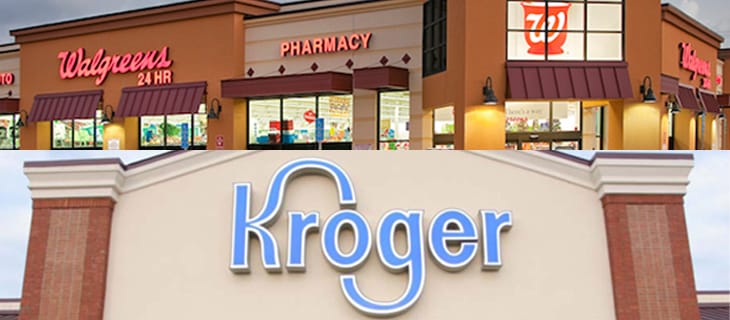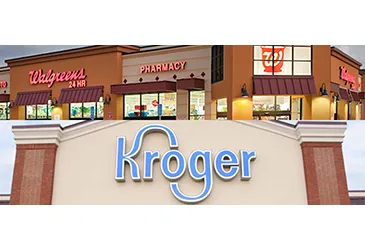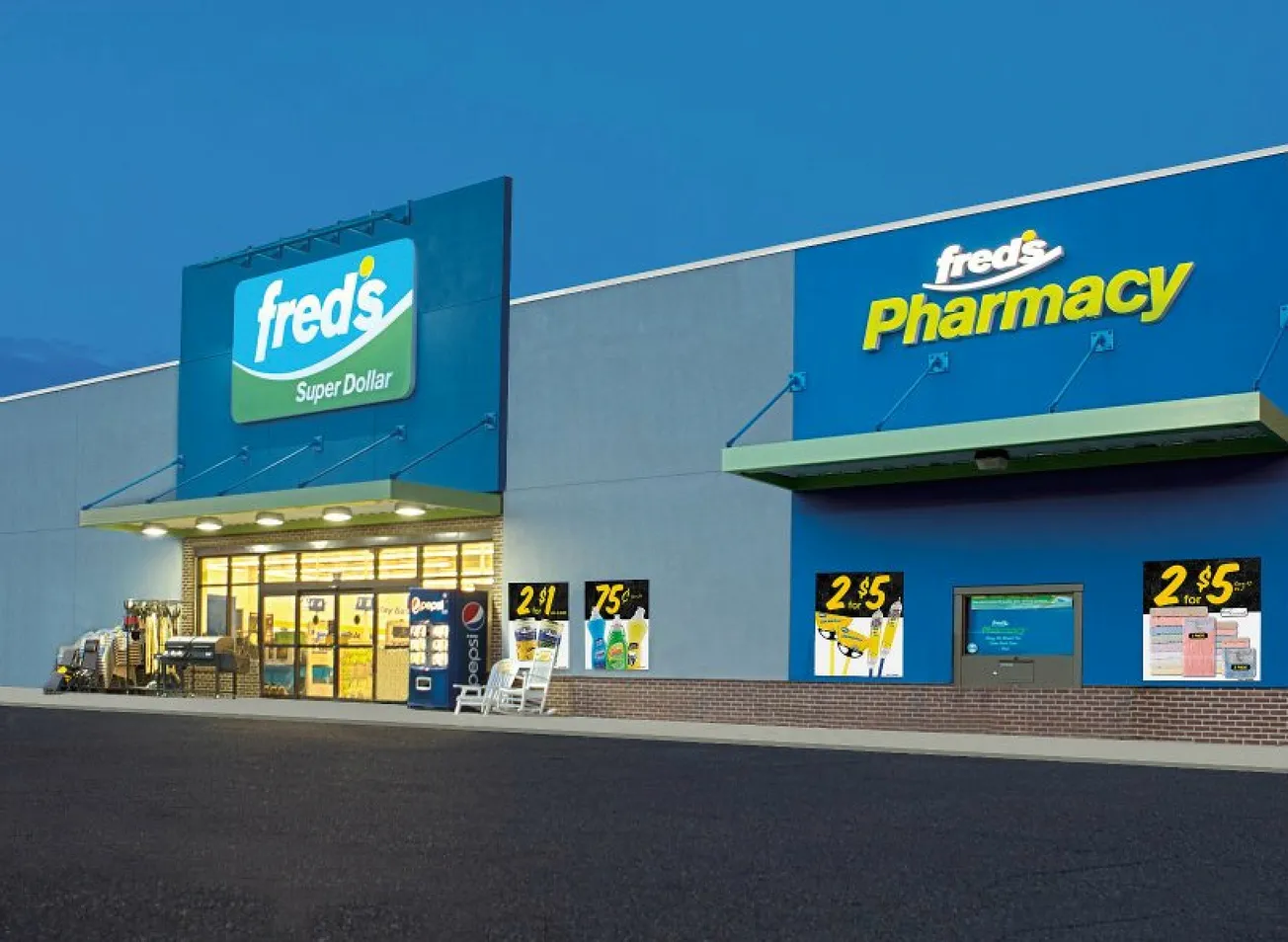
The recent partnership of Kroger and Walgreens caught many industry experts off guard largely because the agreement goes against conventional wisdom of maximizing competitive advantages. With this partnership, Walgreens seems to have diminished its convenience advantage by allowing Kroger to leverage it for their own customer pickups. And Kroger seems to be compromising the exclusiveness of its private label by offering those products to Walgreens customers. While the initial alarm bells are obvious, a closer look at Walgreens — through a decidedly customer-focused lens — reveals several interesting twists on traditional retail strategy. This partnership provides a glimpse into a new era that mandates retailers activate any asset to better connect with their customers and drive growth.
Recent dunnhumby research on the correlation between consumer preference and financial performance sheds some light on Walgreens’ move to partner with Kroger. Dunnhumby’s Retailer Preference Index (RPI) for grocery surveyed 5,500 U.S. households focusing on three channels: convenience, dollar and drug. The RPI found there are six drivers of customer preference: convenience; price; quality; meal destinations; discounts and rewards; and digital. Of the top 37 retailers included in the survey, Walgreens’ index scores placed the company eighth.
Within the context of the three core preference drivers — convenience, price and quality — the strategy behind Walgreens’ move becomes clear.
Convenience, convenience, convenience
While Amazon may be the great retail disruptor, its major impact is redefining the consumer expectation of “convenience.” Jeff Bezos framed the importance of “convenience” in an interview with FastCo, “Our customers are loyal to us right up until the second somebody offers them a better service. And I love that. It’s super-motivating for us.” As noteworthy as Amazon’s recent spree of acquisitions such as PillPack are, CNN’s Nathaniel Meyersohn wrote that to see the impact Amazon has made on the industry, “look at the rest of the grocery business.” In grocery, omnichannel shopping and multiple delivery options (as little as one hour in some markets) have been made possible through strategic acquisitions, partnerships and investments in technology and supply chain. For companies that have executed well, including Target and Walmart, their actions have been rewarded with improved financial performance.
While the drug channel has been more insulated from Amazon’s impact due to the convenience advantage provided by thousands of Main and Main locations and the online giant’s historic lack of prescription focus, Amazon’s recent entry is forcing drug stores to find new and creative ways to maintain the convenience advantage with customers. Following the PillPack acquisition, CVS Pharmacy expanded prescription home delivery options. While Walgreens has not been as quick in same-day delivery as CVS, it is now offering same-day delivery in a pilot market as a part of a larger format and offer test.
Another partnership advantage for Walgreens is the opportunity to pick up additional trip missions and impulse purchases. For Kroger customers, they can make a “convenience” decision to pick up preplanned groceries at Walgreens. As a result, Walgreens gets credit for the convenience experience and may also pick up incremental impulse revenue or a new prescription fill that had previously been filled at the Kroger store. According to dunnhumby research, click-and-collect trips typically drive 20% incremental revenue from impulse purchases. As a result, Walgreens could capture a segment of Kroger shoppers who choose to pick up their order at a conveniently located Walgreens, whose stores outnumber Kroger’s roughly three-to-one.
Price and quality at the heart of modern private labels
The days of lackluster performance by national brands are quickly reversing, as retailers are realizing the tremendous benefits of building strong private label brands. With private labels, retailers can match and even beat established national brands, while providing great quality and value as well as offering strong margins in an environment with relentless pricing pressures. U.S. retailers can look to European retailers’ private brands, which represent over 31% of sales in Europe and 41% of sales in the United Kingdom. Today, U.S. private label products account for just under 18% of sales so the runway is clear for more growth.
Walgreens and Kroger have both developed private labels utilizing both a “good, better, best” approach that have developed strong equity in the minds of consumers. In the five years since launching, Kroger’s Simple Truth organic and natural products has now exceeded $2 billion in sales. The ability to leverage this brand will lend credibility to Walgreens while beefing up the healthy side of the consumables business, without the trials and investment of growing from scratch. If well executed, this is a strong play that can drive traffic and build sales, while reinforcing the strategic focus of accelerating Walgreens’ excellence in health and wellness.
Next steps
While this strategic partnership is in its infancy and limited to 13 Walgreens stores in Kroger’s hometown of Cincinnati, it does beg the question of how this and other alliances may progress in the future.
Kroger and Walgreens do compete in some areas of the store; however, they each have established points of differentiation. While Kroger’s forte may be in consumables, Walgreens and its European sister company Boots have established several very strong health and beauty brands, such as No7 and Soap & Glory. Walgreens’ leadership likely assumes that the Kroger click-and-collect service and private label products in Walgreens will not cannibalize Walgreens’ key health and beauty categories. There is likely also the assumption that the overall benefits of Kroger consumables will offset losses in some of Walgreens’ secondary grocery categories. Such a scenario could also occur in the reverse with Walgreens brands occupying Kroger health and beauty shelves for similar benefits and limited downside. A precedent for this action has actually existed for a number of years, as No7 and Soap & Glory brands have been sold in Target stores, stemming from an agreement with Boots that predated the merger with Walgreens. The products have continued to be sold in Target stores, displayed across from Target health and beauty products, and just a few rows from the CVS pharmacies that operate in many stores. Assuming success of the partnership pilot, a trial of Walgreens products in Kroger is a likely next step.
These scenarios lead to the question of the new roles that retailers are beginning to take on as their world continuously shifts. While the core function as a seller of goods and services remains central, retailers’ pursuit of revenue and profitability has moved them from exclusively store operators into the realm of brand operators as well. Private label brands have become strong enough to stand on their own as an independent asset whose connection to its customer across multiple channels and banners exceeds the value of its confinement to its owner’s retail operations. The ultimate outcomes remain to be seen, but it is quite apparent that the opportunities for the retailer will continue to evolve as quickly at the industry itself.
Tom Block is global head of retail pharmacy for dunnhumby.









